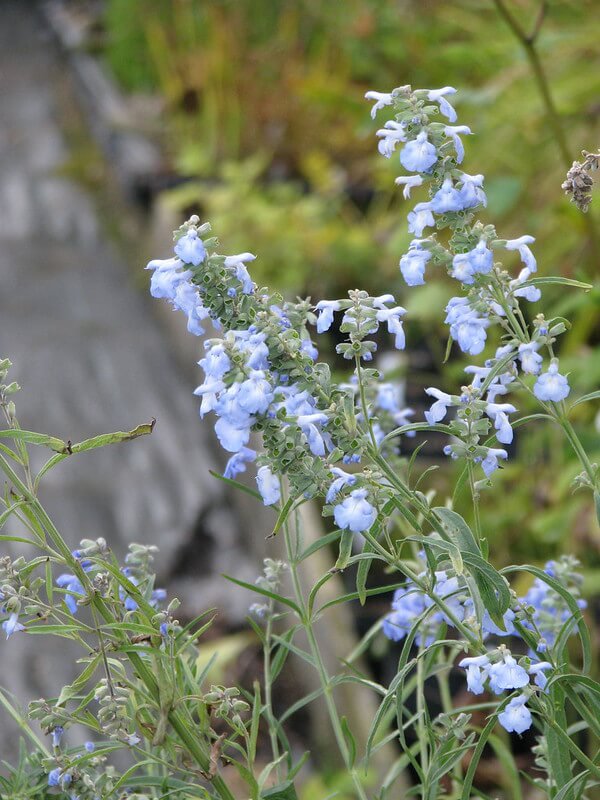Red Elderberry (Sambucus racemosa)
Red Elderberry berries are eaten by many birds and visited by a number of different insects. It is the host plant to 36 species of butterflies and moths in our area (nwf.org). Only pollen is offered as a reward to visitors of the flowers, thus, most floral visitors are probably flies, beetles, and Halictid bees. Small Carpenter bees may hollow out the stems to make nests for their larvae. The berries that the birds love are slightly toxic to humans, but after cooking they can be used to make jelly or wine. It is not typically browsed by herbivores because the foliage contains cyanide-making compounds and one or more toxic alkaloids (illinoiswildflower.info).
Red Elderberry berries are eaten by many birds and visited by a number of different insects. It is the host plant to 36 species of butterflies and moths in our area (nwf.org). Only pollen is offered as a reward to visitors of the flowers, thus, most floral visitors are probably flies, beetles, and Halictid bees. Small Carpenter bees may hollow out the stems to make nests for their larvae. The berries that the birds love are slightly toxic to humans, but after cooking they can be used to make jelly or wine. It is not typically browsed by herbivores because the foliage contains cyanide-making compounds and one or more toxic alkaloids (illinoiswildflower.info).
Red Elderberry berries are eaten by many birds and visited by a number of different insects. It is the host plant to 36 species of butterflies and moths in our area (nwf.org). Only pollen is offered as a reward to visitors of the flowers, thus, most floral visitors are probably flies, beetles, and Halictid bees. Small Carpenter bees may hollow out the stems to make nests for their larvae. The berries that the birds love are slightly toxic to humans, but after cooking they can be used to make jelly or wine. It is not typically browsed by herbivores because the foliage contains cyanide-making compounds and one or more toxic alkaloids (illinoiswildflower.info).
Life Cycle: Perennial
Sun Exposure: Partial, Shade
Soil Moisture: Medium, Medium-dry
Height: 12 feet
Plant Spacing:
Bloom Time: April - May
Bloom Color: Cream
Advantages: Bird Favorite, Pollinator Favorite, Deer Resistant, Great Landscaping Plant
Host Plant: Polyphemus, Cecropia, and 34 other species of butterflies and moths use this as a caterpillar host plant in our area (nwf.org)






